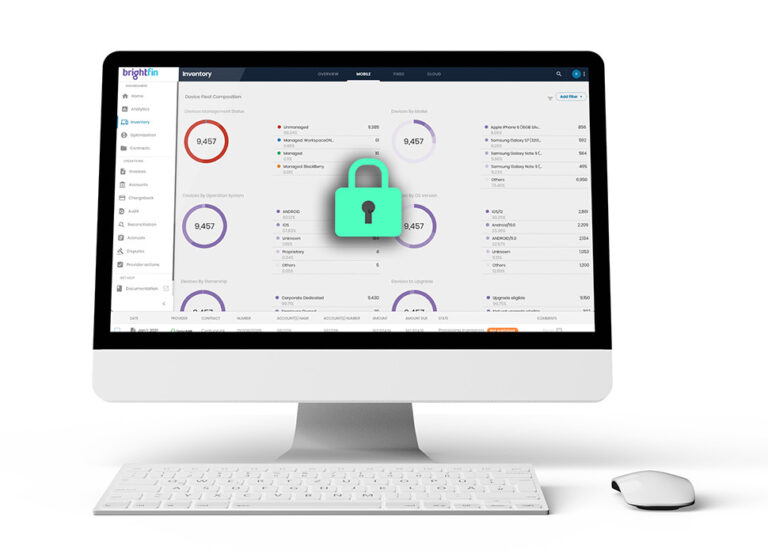What are people saying about technology spending in 2021?
If you’re like many leading companies, January is all about getting energized and aligning business goals with technology assets to make a plan for the coming year. This year is no different. Especially considering 2020 was a giant ‘proof-of-concept’ on the viability of cloud technologies, remote working, and other digital transformation efforts. As your organization moves forward, what technology trends should you be thinking about? What do you need to know about TEM services? What are analysts saying? Let’s explore.
- In 2020, the cloud proved itself – According to John-David Lovelock, research VP at Gartner, the cloud truly ‘arrived’ in 2020. He goes on to say it’s here to stay: “… cloud had a proof point this year—it worked throughout the pandemic, it scaled up, and it scaled down. This proof point will allow for an accelerated penetration of the cloud through 2022.” According to him and many others, throughout the coming years, the cloud will continue to transform the way we all do business – supporting new infrastructure needs and enabling more vital collaboration among remote teams, and offering companies greater flexibility with their data and applications. With the ability to share resources from anywhere globally, businesses can better support mobile workforces, depending on business needs.
- Tools that improve productivity are worth their weight in gold – It’s clear that those applications and cloud technologies that make people more productive are worth the investment, according to analysts. Instead of making traditional investments in hardware upgrades, companies can also look at ways IaaS and customer relationship management tools can accelerate the digital business. Many feel that executives will try to double-down on the successes of 2020 by investing in applications that help employees get more done or serve customers better, such as Microsoft Teams, Zoom, Twilio, or Smartsheet. Smartsheet, for example, supports remote working by automating workflows and speeding collaboration, while Twilio helps companies improve their customer experience, which, for many, has shifted to almost exclusively online.
- Building a scalable and secure WFH framework with mobile device management (MDM)– Part of your 2021 plan should include looking at the devices – including personal devices – that remote workers use to get their jobs done. Organizations need to reevaluate their BYOD strategy and make smart technology investments that streamline their management’s proliferating devices. To improve management, companies need to increase visibility into their endpoints and find ways to gain a holistic view of their complete technology ecosystem. Part of the WFH framework also needs to include bumping up cybersecurity tools and processes. More remote workers and remote endpoints, plus personal devices and wireless home connections, can put companies at a greater risk of security breaches. Securing and controlling these environments is paramount. Endpoint management solutions and a zero-trust network environment can save thousands of dollars caused by one security incident.
Digital transformation is now a necessity
What may have started as marketing hype has over the past 12 months become a business imperative – digital transformation. IT leaders need to continue to tap into cloud technologies to enable business agility and accelerate digital transformation initiatives. As companies become less dependent on physical office space, cloud migration and mobile management strategies will become even more critical. Companies that can embrace a mobile-first infrastructure and move operations to the cloud without busting the budget will be the most competitive. Do you want to improve business agility? Or maximize technology investments? brightfin can help reduce costs and positively impact your bottom line.




